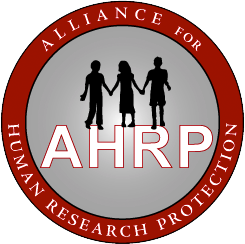Experiments in “Learned Torture Helplessness” In June 2015, the UK Guardian published previously classified CIA documents obtained by
Subscribe to Our Newsletter!
Sign up and be the first to find out the latest news and articles about what's going on in the medical field.


